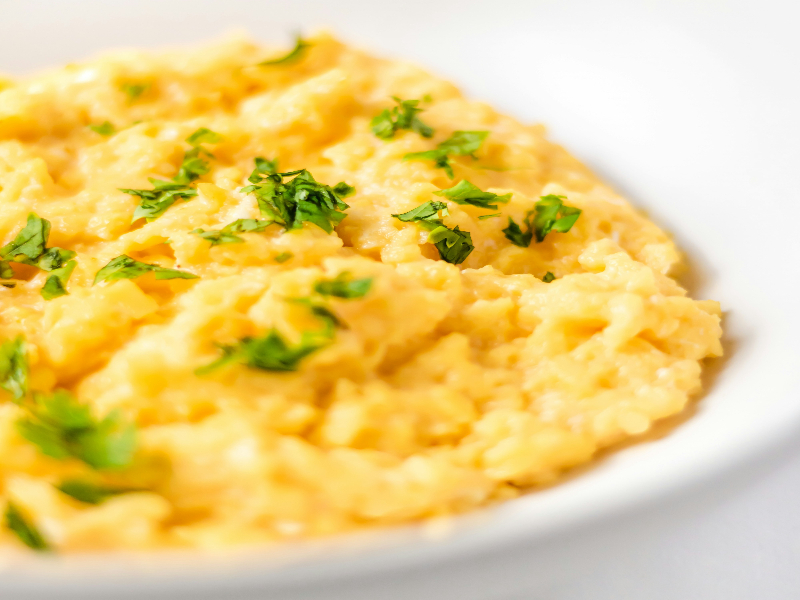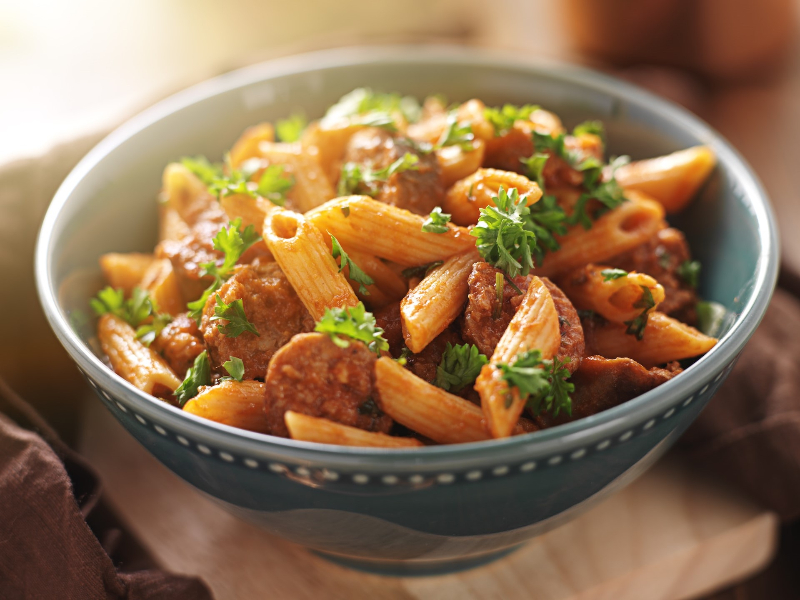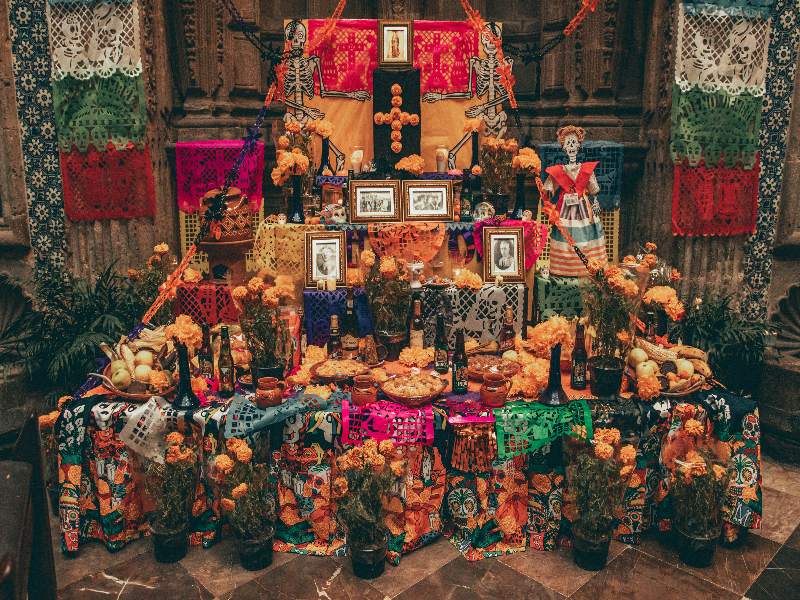
Say Cheese!
A day without cheese is, well, not as delicious as a day with cheese.
A white extra-sharp Cheddar paired with an apple – so yummy. Bleu cheese with fresh figs, maybe with a little touch of Dos Manos Apiaries honey – lifechanging. Parmigiano Reggiano is definitely the more the better with pasta, veggies and pizza.
What’s on your favorite list? According to Wisconsin Cheese, there are about 2,000 known cheese types on the global market. So many choices and think about ones from around the world we’ve never heard of or tasted, like Kunik.
Crafted by Nettle Meadow Farm and Artisan Cheese in Warrensburg, New York, it’s a bloomy, triple crème, Brie-style cheese made with goat’s milk and the fatty milk of Jersey cows. With a creamy inner belly and custardy layer surrounding it, one can taste the results of the animals grass fed diet; the cream in the cow’s milk adds a mushroom-like flavor.
Way before Little Miss Muffet introduced us to curds (the solids) and whey (the liquids), the art of cheesemaking has been happening for millennia.
A 2018 Time Magazine article reported archaeologists identified 3,200-year-old cheese: a “solidified whitish mass” on a collection of jars in the tomb of Ptahmes, a high-ranking Egyptian official in the 13th century B.C. , at the Saqqara necropolis near Cairo.
The discovery was significant, as no cheese had previously been found in Ancient Egypt before, and could be the oldest cheese residue on earth, according to an article in the journal Analytical Chemistry.
During the Roman Empire (27 BC – AD 476), cheese was among a soldier’s rations and was also enjoyed by civilians. Pecorino Romano, still made according to the original 2,000-year-old recipe, was one of them.
Aristotle (384 BC – 322 BC) wrote a recipe using wool stretched across bark and fig juice as a rennet to curdle milk. “The juices flowing from an incision in green bark is caught on some wool. The wool is then washed and rinsed into a little milk, and if this be mixed with other milk it curdles it.” (romanarmy.net)
Brie, the French “King of Cheeses,” was invented by monks at the Priory of Rueil en Brie, 30 miles from Paris, during the 7th century. In the 12th century, Italian Benedictine and Cistercian monks near the towns of Parma and Reggio Emilia, looking for a way to make cheese with a long shelf life, invented Parmigiano Reggiano by mixing milk from their cows with salt from the nearby Salsomaggiore salt mines.
Classes
Cheese is definitely part of the January 30 Sand-Reckoner Vineyards Wine Tasting & Charcuterie Board Making class. Swirling, sipping and sampling five soon-to-be released Sand-Reckoner wines while customizing and snacking on your charcuterie board will be a fun way to start your week. This is an exclusive sneak peek before their public release!
You’ll taste five Sand-Reckoner varieties: A white, Rosé, and three reds. Humble Board’s owner Emili Krzyzanowski will guide you how to pair the meats, cheeses, condiments, fruits, and sweets to create divine flavor combinations and style your board so it’s beautifully put together; you’ll take home whatever is left.
Wishing you joy in the kitchen,
Michele
Rinktum Ditty
Serves 4
From The United States Regional Cook Book, Culinary Arts Institute, Chicago, 1947
This New England rendition of Welsh rabbit, was probably brought to America from Cheshire. Since the recipe substitutes tomatoes for the beer often used, it was considered suitable for children and invalids.
1 tablespoon unsalted butter + more for toast
1 small onion, chopped fine
2 cups cooked tomatoes, freshly cooked or canned
1 teaspoon salt
¼ teaspoon pepper
2 teaspoons granulated sugar
½ pound sharp Cheddar, grated
1 large egg, beaten
Bread
1. In a saucepan, melt the butter and cook onion until soft, but not brown.
2. Add tomatoes, salt, pepper and sugar and heat thoroughly. Add cheese and cook until melted, stirring constantly. Add egg slowly, stirring constantly for 1 minute longer. Serve on hot buttered toast.
Photo credit Polina Tankilevitch on Pexels





